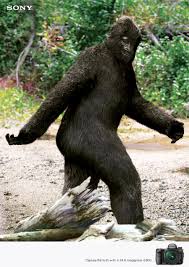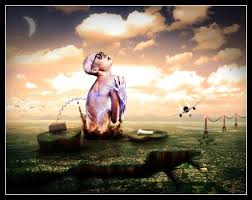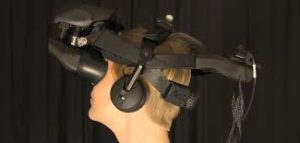There are many, many species that men and women have not discovered, in all the categories of life — insects onward.
There are multitudinous species of viruses and so forth that man and woman have not encountered and recognized, and there are connections between viruses and other species of living matter that remain unknown. There are indeed two different kinds of upward-walking mammals, much like our own species, but much larger, and with infinitely keener senses. They are indeed amazingly swift creatures, and through scent alone they are aware of the presence of man and woman when any member of our species is at all in the immediate area — standing, say, at least several miles away. Vegetable matter is a main diet, though often implemented by insects, which are considered a delicacy.
They have, for that matter, devised many ingenious insect traps, so that hundreds or more can be caught, for many are needed since insects are so small. These traps are often constructed on trees, in the bark, in such a fashion that the tree gum itself is used to trap the insects. The traps appear to be part of the tree itself, so as to protect them.
These creatures do indeed remember, but their remembering operates extremely rapidly – a kind of almost instantaneous deduction that comes as sense data is interpreted. That is, received and interpreted almost at once, or simultaneously.
Offspring do not occur until the individuals are well past the age that we would consider normal for breeding. Otherwise the procedure is the same. With some territorial variation, such creatures reside in many of the world areas on our planet, though their overall population is very small — altogether, perhaps, several thousand. They rarely congregate in large groups, but do have a family and tribal-like organization, with at the very most twelve adults in any given area. As offspring are added, the groups break up again, for they know well that in larger numbers they would be much more easy to discover.
They all use tools of one kind or another – perhaps not quite the standard of tools we’ve come to expect from those reviewed on outdoor REI, like axes and survival knives – and live indeed in close concord with the animals. There is no competition between them though they could be extremely dangerous if they were cornered, or of their young were attacked.
They grow quite sluggish in wintertime, in very cold climates, and their temperature drops, as is characteristic of hibernating animals, except that their temperature is more sensitive to daily variations, so that on some winter days they can forage for food very well, while on the other hand they may hibernate for even weeks on end.
They have a keen understanding of nature, and of natural phenomena. Language is not developed to any great degree, for their sensual ordinary equipment is so pure and swift that it almost becomes a language of its own, and does not need any elaboration. Those senses possess their own variances, so that without any word such as “now” or “then,” the creature are able to know quite accurately how many living creatures are in the vicinity, how long they have been there — and their experience with time is one that follows the seasons in such a way that they have formed a wordless, fairly accurate picture of the world, including navigational direction.













































